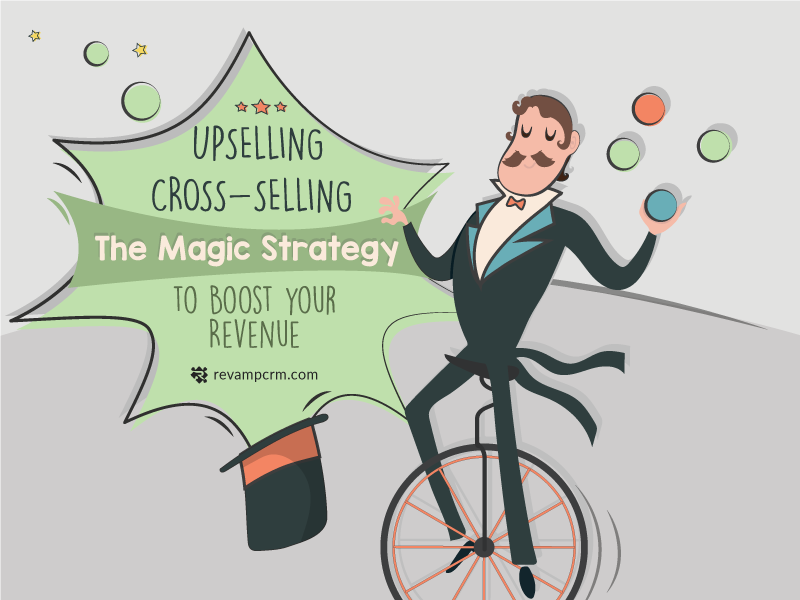If you are one of the eCommerce community, then you may hear about the upselling and cross-selling strategies before, and what they can do in order to boost your revenue. This article is for you, to tell you how to make use of the traffic on your online store and turn it into actual sales, thus increase your revenue. Up-selling cross selling

That’s why upselling is not only easier than selling to a customer for the first time, but it also can help you grow faster. It’s an easy win for growing your bottom line and accelerating your path to profit. Up-selling cross selling
In short, you can say that upselling and cross-selling strategies can lead to a great boost in your revenues by selling more to the same customer, however, it’s not all one-sided and the benefits extend to the customer’s experience as well. Sales can be very difficult. In an attempt to improve sales, small-business owners often turn to seminars, books and web pages that claim to offer sage advice. Unfortunately, many of them throw around a lot of complicated strategies that require you to memorize a set of rules or techniques. A far simpler way to improve sales is to familiarize yourself with the simple concepts of up-selling and cross selling. Though fairly simple to understand, these concepts can boost your sales significantly when put into practice well.
Up-Selling
Up-selling is the practice of giving customers the option to buy an item that is slightly better than the one they are considering. To generate an up-sale, a salesperson may offer a more-expensive product, suggests an upgrade or convince the customer to purchase add-ons. A common example of up-selling is when a McDonald’s cashier asks you if you would like to super-size your meal, thereby prompting you to purchase what is essentially the same meal, but pay a bit more for a larger portion.
Cross Selling
Similar to up-selling, cross selling is the act of offering customers additional items that will go well with the one they are purchasing. To cross sell, items that complement a product are suggested to go along with it. For example, a savvy cross seller working at a computer store might suggest that a customer purchasing a new laptop may also need a carrying case or wireless mouse. This induces the buyer to consider purchasing additional items that complement their current purchase well.
Related Post : https://blog.revampcrm.com/9-tips-will-help-you-when-it-comes-to-create-your-ecommerce-return-policy/





![The Mind Of An Online Shopper [ Infographic ]](https://blog.revampcrm.com/wp-content/uploads/2016/08/13-1-440x264.png)

